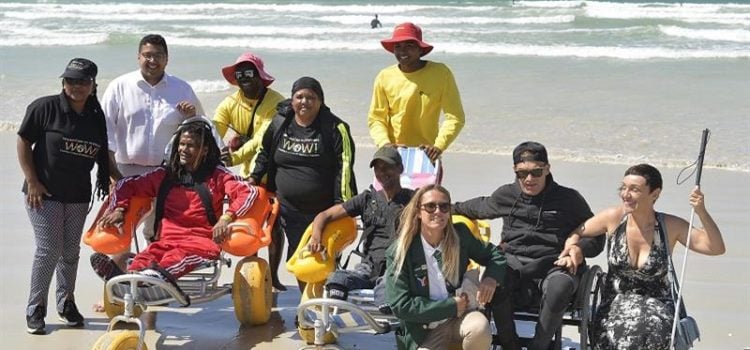The City of Cape Town wants all citizens – both with and without disabilities – to access Cape Town’s public spaces and transport systems, and use and enjoy the city to its fullest. For this reason, we consider people with disabilities when we plan and add new features to our city, including buildings, modes of transport, signage, roads or bridges.
FAST FACT
Universal Access is not only about the environment; it’s a matter of attitude. Good access begins with society. We should all make people with disabilities feel included in everyday life.
Here are some examples of universal access measures taken by the City of Cape Town:
- In the centre of Cape Town, a number of traffic lights have sound signals that help people with visually impairments cross streets. Further audible signals will be installed in time.
- Textured paving (also known as tactile paving) helps guide people with visual impairments.
- When we do maintenance on roads that were built before universal access was legally implemented, or works on roads where universal access features were fitted badly, we install new dropped kerbs, textured paving and audible signals where necessary.
Why universal access benefits all:
- Good access benefits everyone – not just the person with a disability. A ramp at a shopping centre, for example, can be used by anyone who cannot or does not want to use the stairs.
- Everybody needs good, clear signage and direction indicators, decent lighting in buildings and on roads, colour contrasting on steps, and bigger lifts.
- A dropped kerb (where the pavement drops to be level with the road at pedestrian crossings) makes it easier for someone in a wheelchair, but also works for those with prams or older people who may have difficulty walking.




